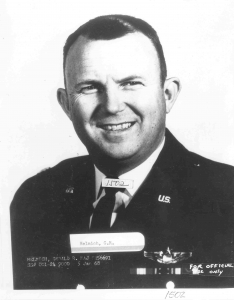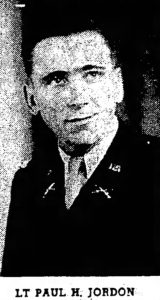
Philip Warren Ackley, age 35, from Hillsboro, New Hampshire, Hillsborough county.
Parents: Lela Ackley and the late Fred R. Ackley
Service era: Korea
Date of death: Thursday, November 2, 1950
Death details: During the last week of October 1950, Republic of Korea (ROK) Army forces under the control of the U.S. Eighth Army were advancing deep in North Korean territory, approaching the Yalu River on the Chinese-Korean border. Chinese Communist Forces (CCF) struck back in a surprise attack, engaging the ROK 1st and 6th Divisions near Unsan, some sixty miles north of Pyongyang. The U.S. 1st Cavalry Division, with the 8th Cavalry Regiment in the lead, was rushed forward to reinforce the ROK units in the Unsan area. On November 1, the regiment’s 1st Battalion took up positions north of Unsan, while the 2nd Battalion moved to guard the Nammyon River valley west of town, and the 3rd Battalion was placed in reserve at the valley’s southern end. Private First Class Philip W. Ackley, who entered the U.S. Army from New Hampshire, was a member of Company I, 3rd Battalion, 8th Cavalry Regiment, 1st Cavalry Division. On November 2, 1950, members of the 3rd Battalion, including Company I, were positioned overlooking the Nammyon River valley, south of Unsan. That day, the CCF used intense rocket fire to infiltrate ROK lines and move into Unsan. Because of the quickly developing danger, members of the 1st, 2nd, and 3rd Battalions were ordered to withdraw. The 3rd Battalion was the last unit to attempt its escape, and became surrounded by the enemy. The isolated units built a defense perimeter, and attempted to hold out against the CCF. The battalion withstood several attacks for a few more days before its members broke out or surrendered. It appears that PFC Ackley was killed in action during this fighting; however, no witness accounts of his loss were available. No recovered remains have been attributed to PFC Ackley, other than a set of dog tags bearing his name. Today, Private First Class Ackley is memorialized on the Courts of the Missing at the National Memorial Cemetery of the Pacific.
Source: National Archives, Defense POW/MIA Accounting Agency, Nashua Telegraph (1950)




